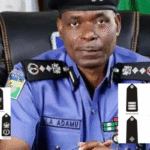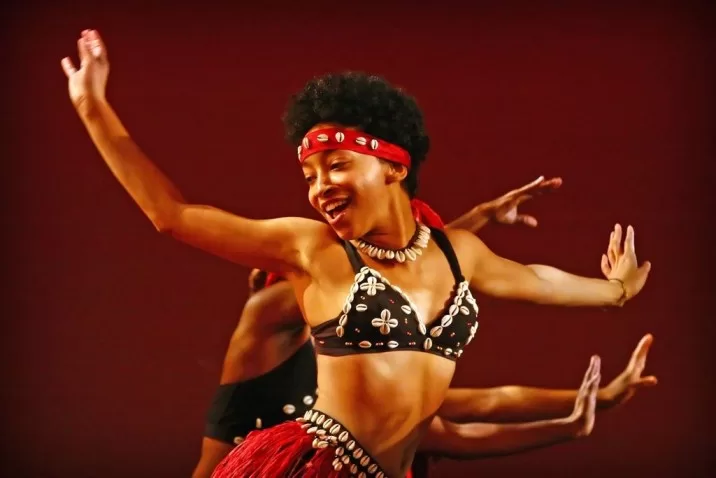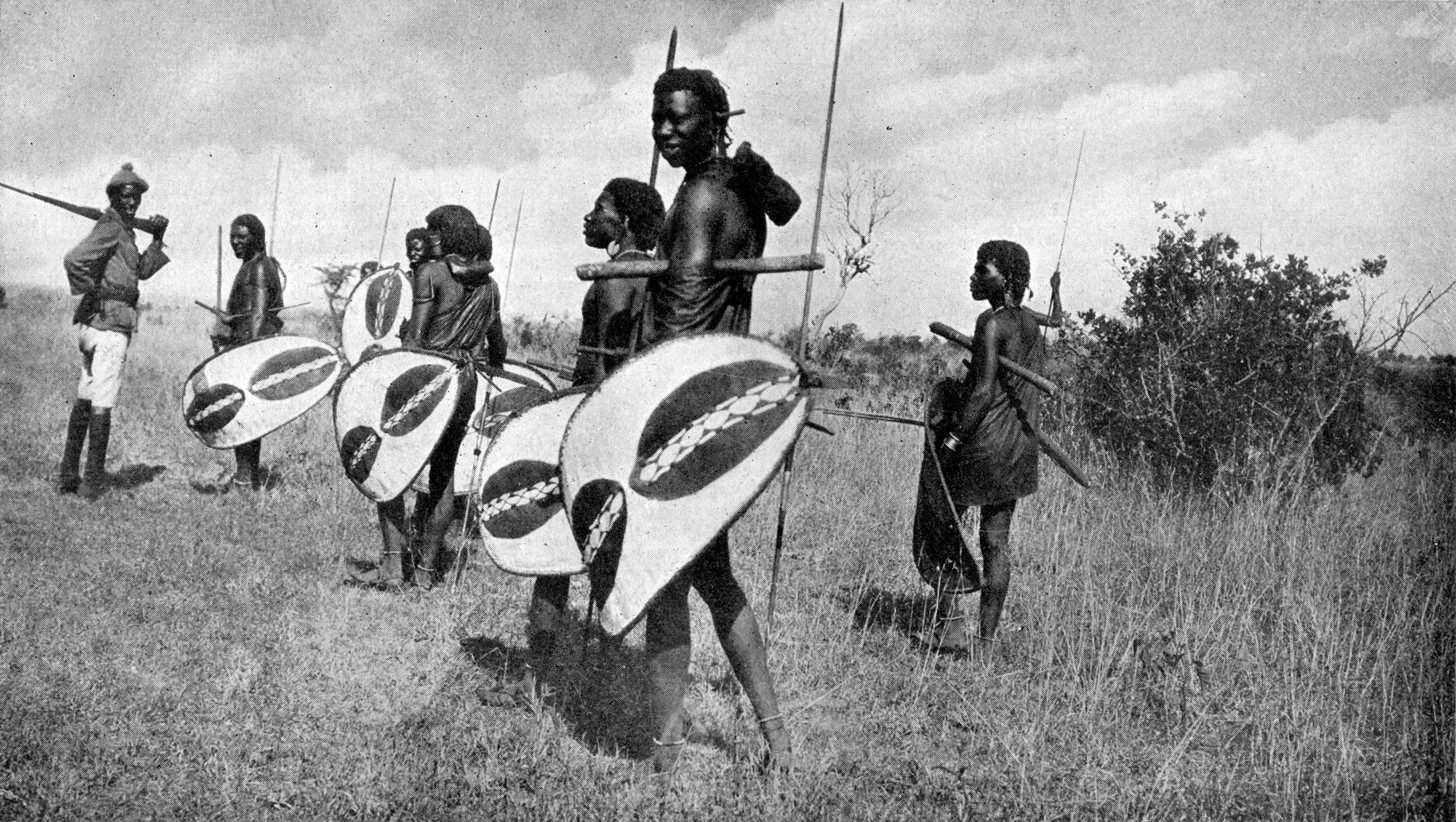Learning how to dance is an exciting journey, and if you’ve ever been captivated by the vibrant and energetic movements of African dance, you’re in for a treat. In this article, we will guide you through seven simple steps that will help you infuse your dance with the infectious rhythms and unique flair of African culture. Get ready to learn how to dance like an African and let the joyous spirit of the continent inspire your every move.
Here are seven simple steps on how to dance like an African;
1. Embrace the Rhythm
To dance like an African, immerse yourself in the captivating rhythms that accompany the dance. Explore different genres of African music, such as Afrobeat, Highlife, or Soukous, and let the beats guide your body. Feel the pulse and allow the music to awaken your inner dancer.
2. Grounded Movements
African dance often emphasizes a connection to the earth through grounded movements. Begin by relaxing your body and slightly bending your knees. Let your weight settle into a natural stance as you prepare to groove to the rhythm.
3. Engage Your Hips
Hips are a focal point in African dance, adding fluidity and sensuality to your movements. Practice isolating your hips by swaying them from side to side, front to back, and in circular motions. Experiment with different rhythms, intensities, and tempos, allowing your hips to lead the way.
4. Master Footwork
African dance incorporates intricate footwork patterns that are both rhythmic and expressive. Start with simple steps like stomping, sliding, or shuffling, gradually building up to more complex sequences. Pay attention to the placement of your feet and how they interact with the music.
5. Body Isolation Techniques
African dance thrives on body isolation, allowing you to move different body parts independently. Practice isolating your shoulders, chest, and ribcage, mastering the art of moving each part with precision and control. This technique adds depth and storytelling elements to your dance.
6. Expressive Arm Movements
Your arms play a crucial role in African dance, amplifying the emotions and storytelling aspects. Experiment with flowing, circular, or angular arm gestures that complement the rhythm and mood of the music. Let your arms extend gracefully, reflecting the passion and energy of the dance.
7. Add Your Personal Style
While learning the foundations of African dance is essential, don’t forget to inject your own unique style and personality into your movements. Dance is a form of self-expression, so embrace your individuality and let your authentic self shine through as you dance with the heart of Africa.
With these seven simple steps, you literally would know how to dance like an African. Embrace the captivating rhythms, grounded movements, hip engagement, footwork, body isolation, expressive arm movements, and your own personal style. Allow the joyous spirit of African dance to ignite your passion and connect you with the vibrant cultures of the continent. Get ready to step into the rhythm, express yourself, and dance like an African, spreading joy and inspiration through your movements.
If you’re eager to train yourself on how to dance, remember that consistent practice is key. Set aside time for regular practice sessions and focus on mastering the basic dance steps. For those dancing for the first time, embrace the excitement and let yourself move freely, following the rhythm and allowing your body to express itself. Beginners, especially girls, can start by finding beginner-friendly dance classes or online tutorials that cater to their interests and provide a supportive environment for learning. To learn basic dance steps, break them down into smaller movements and practice them individually before gradually integrating them into combinations. If you’re curious about twerking, there are online tutorials available that teach the technique step by step.
To become a better dancer, continue to challenge yourself, seek guidance from experienced dancers or instructors, and embrace constructive feedback. Overcoming shyness while dancing can be achieved by starting in a comfortable and supportive environment, gradually building confidence, and focusing on enjoying the music and expressing yourself rather than worrying about others’ opinions.
Remember that everyone has their own unique journey in dance, and if you feel you’re not able to dance, it might be due to a lack of experience or self-doubt. Keep in mind that practice, perseverance, and a positive mindset can help you overcome obstacles and improve your dancing abilities. Finally, talented dancer is not solely defined by technical skills but also by their ability to connect emotionally with the music, express themselves authentically, and continuously strive for growth and improvement. So embrace your love for dance, dedicate yourself to practice, and let your passion guide you on a remarkable dance journey.














